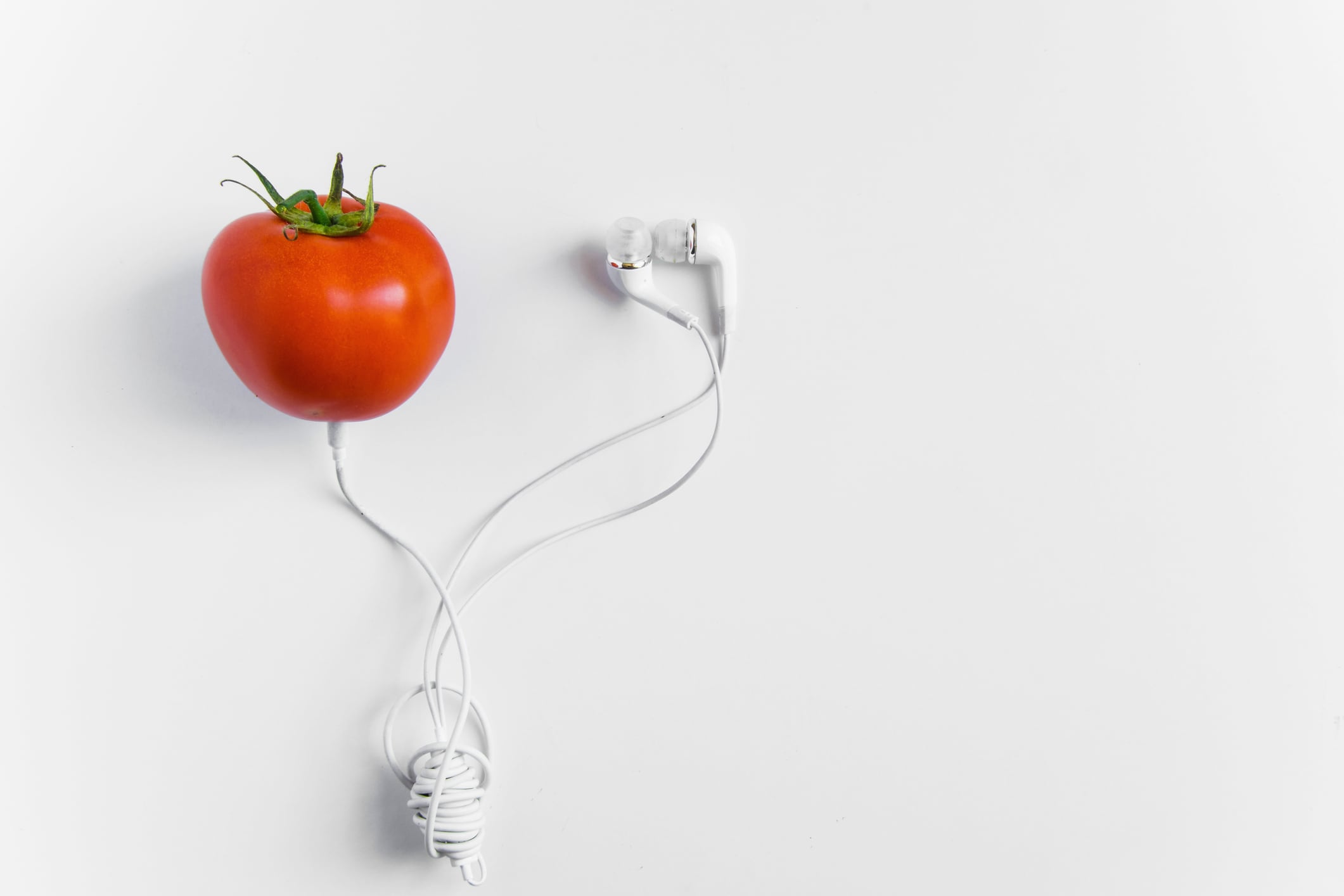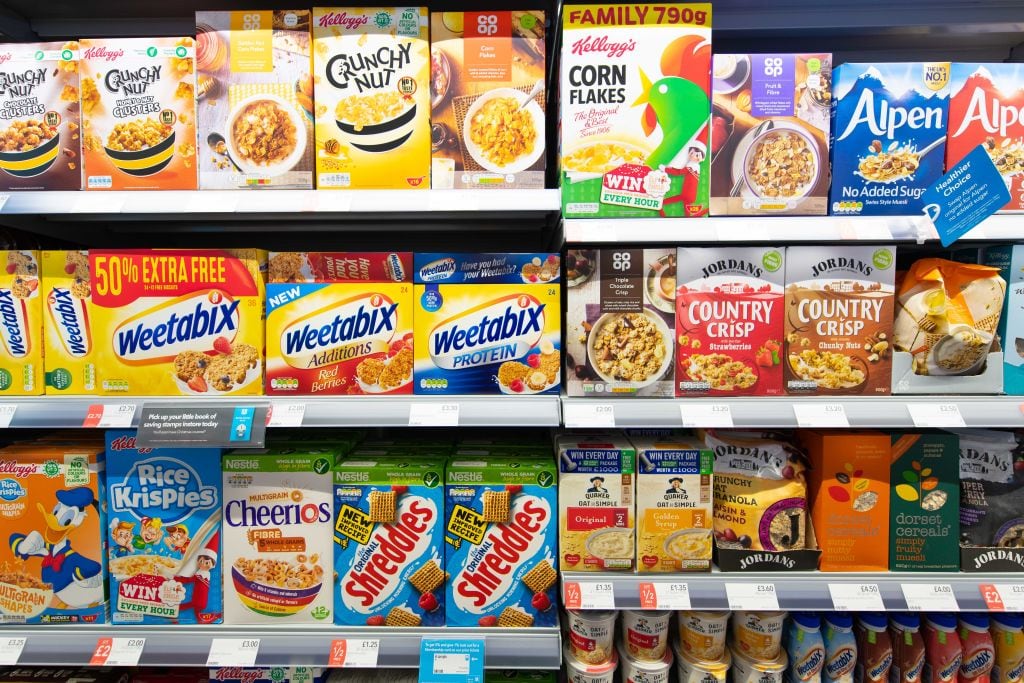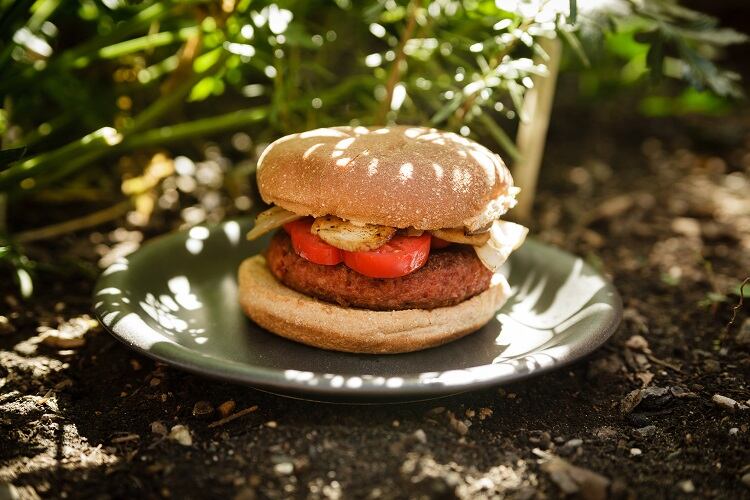UK food critic Nigella Lawson hit the headlines recently after she complained about loud music in restaurants, which, she said, “drowns out the taste of the food”.
Cue the inevitable Twitter abuse of ‘get over yourself’ and ‘first world problems’ from those who thought this a haughty grumble from the TV star.
But she’s correct, say the scientists: sound does influence taste. What’s more, the latest evidence has potentially massive implications for the food industry.
Charles Spence is Professor of Experimental Psychology and Head of the Crossmodal Research Laboratory based at Oxford University. He has been studying the links between sound and taste for the past 20 years. He is in no doubt this “Nigella affect” exists. “Sound affects taste in various ways,” he explained. “When it gets too loud, it becomes noise, which can mask certain tastes.”
Music, when not played at ear-splitting levels, can also “bias our choices and our perception”. In other words, while we all think we are not susceptible to gimmicky marketing, studies actually prove we are more likely to buy French wine when there is French background music playing, or order a paella when we hear a bit of Spanish flamenco. “People deny that the music effects them [in this way] but the data shows that it does,” said Spence.
We are also susceptible to what he calls the “hedonistic transfer” affect. Say you are a jazz lover eating in a meal in Ronnie Scott’s – the more you like the music, the more you will enjoy your food. Conversely, if you are in a techno club hating the music, the less you will appreciate the taste of that beer or cocktail you are drinking.
A sprinkle of sonic seasoning
Then we come to “sonic seasoning”. This is an emerging field of research, but the basic idea is that sound can make food taste better. Music and soundscapes can be “designed to bring out a certain taste flavour, texture, aroma or mouth feel”, explained Spence. High pitch sounds, for instance, are associated with sweetness; low-pitched ones are associated with a bitter taste.
Spence said there are many studies suggesting that “musical menus” can be created using music with a particular pitch, loudness or tempo, to highlight sweet, salty, bitter, sour, or spicy tastes. (You can listen to some examples yourself here.)
Up to now, sonic seasoning has usually been limited to niche experiences at high-end restaurants (eg. Jozef Youssef from Kitchen Theory might use the sounds of the forest when he serves up a flora-inspired Japanese dish) and upmarket wine or whiskey tours where clients are ‘served’ different sounds which are paired with drinks to extenuate the flavours.
But Spence said the sonic seasoning concept is increasingly entering the food mainstream.
Take airline menus. Food loses 30% of its taste when eaten on a plane, according to a study by Spence’s research team. Last year, Finnair created ambient soundscapes “based on the Finnish nature” that long-haul passengers can listen to on noise-cancelling headphones. The tracks “encourage one to focus on the meal and really enjoying the flavours and paying attention to the food”, according to the airline.
Spence’s research team worked with British Airways to design its 'Sound Bite' menu, which pairs in-flight meals with specific tracks to enhance the flavours. He and his researchers have also worked with various food and drink marketing campaigns.
“We are seeing a lot of food and drink brands delivering audio and audio visual content through sensory apps,” he revealed. For example, there is an app in Italy where you can scan any wine label. The app will then give you the perfect track to listen to whilst drinking the wine.
“Brands will try and own that space and say this is music specifically for our brand of vodka, whiskey, wine, or chocolate. Apps will load up music from Spotify or someone else and then you will have sonic seasoning at mealtimes.” Then there are apps that will “tweak the music you already like to accentuate the flavours of the food you’re eating. This is where things are going," the academic predicted.
Earlier this year, Spence’s research team designed audio visual headsets for Guinness that were given to Tesco shoppers whilst sampling the brewer’s Hop House beer. It also devised audio tracks with Godiva for the chocolatier's “Symphony of Taste” campaign. The idea here was to devise a soundtrack to deliver a richer taste experience for people eating the chocolate.
Spence also noted that “among mainstream bars and restaurants there’s increasing interest in thinking how to optimise or control music to improve sales and footfall – not just to leave it on random.”
‘It’s hard to get a good salty soundtrack’
Spence’s team is also looking at how sonic seasoning can get food to taste different in extreme environments, such as space travel.
All this begs a tantalising question: as the food industry finds itself under pressure from governments and consumers to offer healthier eating options, could music and sound offer a solution?
There is a hope “that we can use sonic seasoning in order to nudge us to better food behaviors,” said Spence. The idea here is that consumers buy, for example, a cake, pasty or drink made with less sugar, then consume it whilst listening to a piece of music composed specifically to extenuate a sweet taste. So the taste experience for consumers is the same, but with fewer calories.
“We know it can do so in the short term but no one’s done a long-term study,” revealed Spence. “You can’t turn water into wine with music,” he added. “The food needs to have various properties in it already so that the music can extenuate something. There is maybe 10% wiggle room. But what you can do is extenuate some element you like or suppress an element you don’t like – although it’s hard to get a good salty soundtrack.”
‘There might be regulation as people recognise the power of some of these phenomena’
What about rules and regulations? Spence admits that the idea using music being used to trick people into buying differently “sounds a bit scary”. But then again “there aren’t many people who wouldn’t like the idea of having something taste sweet with less sugar,” he said.
"As time goes by there might be some regulation as people recognise the power of some of these phenomena," he added.
A list of studies: Sounds of science or science fiction?
‘A summary of the latest evidence concerning the various ways in which what we hear can influence what we taste’: https://www.ncbi.nlm.nih.gov/pubmed/31059484
‘A comparison of the effectiveness of various soundscapes in evoking specific tastes’: https://doi.org/10.1177/2041669515622001
‘Sounds spicy: Enhancing the evaluation of piquancy by means of a customised crossmodally congruent soundtrack’: http://dx.doi.org/10.1016/j.foodqual.2016.12.014
‘Analysing the impact of music on the perception of red wine’: https://doi.org/10.1163/22134808-20191401
‘Influence of dinner music on food intake and symptoms common in dementia’: https://onlinelibrary.wiley.com/doi/abs/10.1111/j.1471-6712.1996.tb00304.x
‘Listening to music while eating is related to increases in people's food intake and meal duration’: https://doi.org/10.1016/j.appet.2006.04.001
‘Fast food restaurant lighting and music can reduce calorie intake and increase satisfaction’: https://doi.org/10.2466/01.PR0.111.4.228-232
‘Effect of ambience on food intake and food choice’: https://doi.org/10.1016/j.nut.2004.05.012
‘The effect of background music on food pleasantness ratings’: https://doi.org/10.1177/0305735615613149
‘Background music genre can modulate flavor pleasantness and overall impression of food stimuli’: https://doi.org/10.1016/j.appet.2014.01.079
‘The influence of background music on the behavior of restaurant patrons’: https://doi.org/10.1086/209068
‘Matching soundscapes and music with food types’: https://lirias.kuleuven.be/1763772?limo=0





